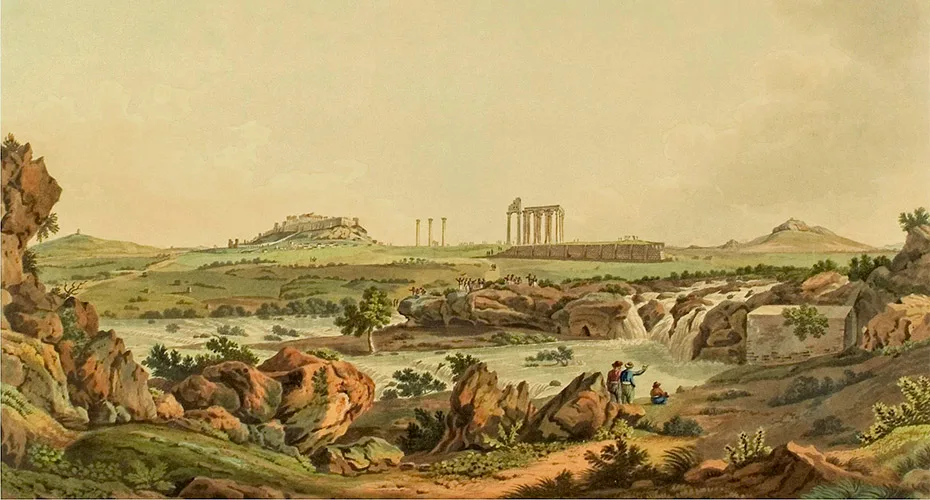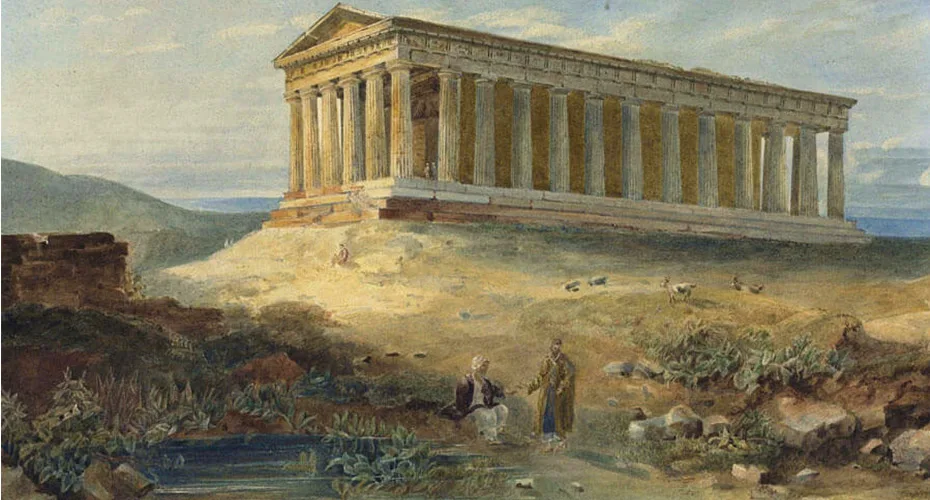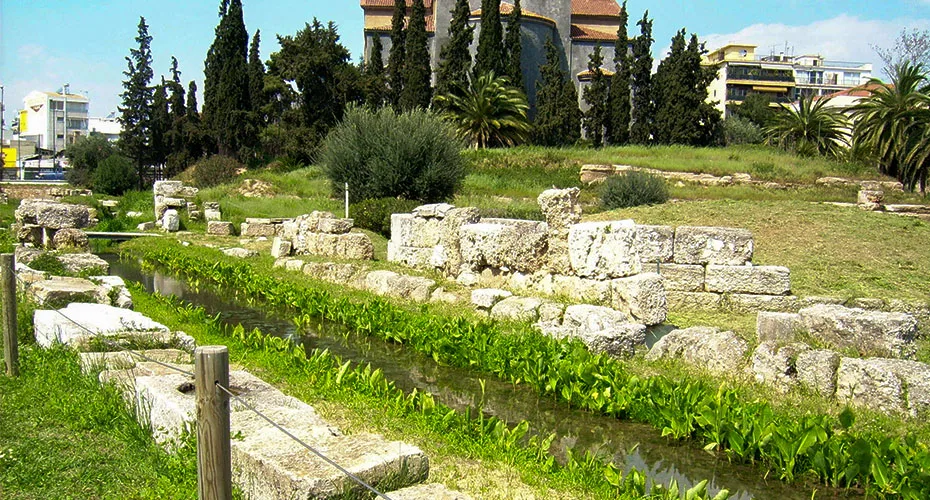Kifissos, Ilissos and Eridanos, The Buried Rivers of Athens
Athens, the historic capital of Greece, is known for its rich cultural heritage and ancient monuments. However, the rivers that flow through this ancient city also play a significant role in its history and environment. The main rivers of Athens are the Kifisos, the Ilisos and the Eridanos. This article explores their history, significance and the environmental challenges they face.
Kifissos River
History and Significance The Kifissos River is one of the longest rivers in the Athens area. In ancient times, it was a vital water source for the local population. The river was used for irrigation, drinking water and even for rituals. The Kifissos was mentioned in many ancient texts and was considered sacred by the Athenians.
Environmental Impact Today, the Kifissos River faces several environmental challenges. Urbanization and industrialization have led to pollution and habitat destruction. Efforts are being made to clean and restore the river, but it remains a significant environmental concern.
Ilissos River
History and Significance The Ilissos River is another important river in Athens. In ancient times, it flowed through the city and was a central part of daily life. Philosophers like Socrates were known to walk along its banks. The river was also significant in Greek mythology, with the god Ilissos believed to inhabit its waters.
Environmental Impact Similar to the Kifissos, the Ilissos River has suffered from urban development. Parts of the river have been covered or diverted, making it less visible today. Pollution is also a major issue. Despite these challenges, the Ilissos remains a vital ecological corridor for the city.

Athens 1801-1806. The waterfalls of Ilisos, the Olympieion, the Acropolis and Lycabettus. Printed in London in 1821. Painter: Edward Dodwell
Eridanos River
History and Significance The Eridanos River is one of the lesser-known rivers of Athens. In ancient times, it flowed through the Agora, the heart of the city. The river was an essential part of the city’s drainage system and played a significant role in its urban planning. References to the Eridanos can be found in various historical texts.
Environmental Impact Today, much of the Eridanos River is underground. Urban development has buried large sections of the river, making it largely invisible. However, parts of it can still be seen near archaeological sites. The river faces pollution and habitat loss, similar to the other rivers in Athens.
Environmental Challenges and Restoration Efforts
All three rivers, Kifissos, Ilissos and Eridanos, have faced severe environmental degradation due to Athens’ rapid growth. Pollution from industrial waste, sewage and runoff has heavily contaminated the waters. Habitat destruction has also reduced biodiversity in and around the rivers.
In recent years, there have been initiatives to clean and restore these rivers. Community groups and government agencies are working together to reduce pollution, restore natural habitats and raise awareness about the importance of these rivers.
The Kifissos, Ilissos and Eridanos rivers are more than just waterways in Athens; they are an integral part of the city’s history and environment. While they face significant challenges today, efforts to restore and protect them are crucial for the ecological health of Athens. By understanding and valuing these rivers, we can help ensure they continue to play a vital role in the city’s future.
Skip the hassle of public transportantion by choosing ExploreRides premium taxi transfer service or one of our exclusive tours.




